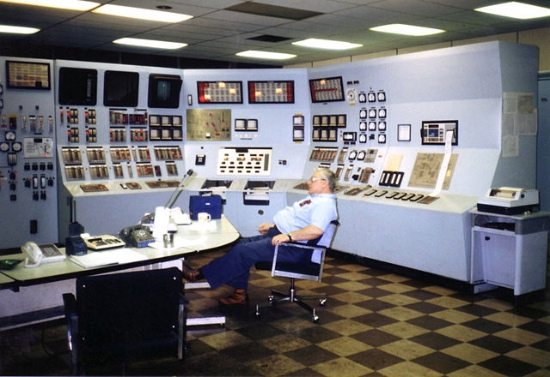
May 2, 2017; American News Report
Imagine a world where every donor automatically receives communications perfectly tailored to their unique interactions with a nonprofit. This may seem like a dream—particularly for fundraising professionals—but the software is out there and we all have experience with it, whether we realize it or not.
Marketing automation lets an organization target its marketing based on how a user engages with it. For instance, if someone browses a website and clicks on the donation button but doesn’t actually complete the transaction, marketing automation software will send an email to the user asking them to donate, having deduced that the user is interested in giving a gift. Many of the tools fundraisers already use, such as Eventbrite and the San Diego-based Classy, take advantage of marketing automation. But, there are several pros and cons to consider before jumping on the marketing automation bandwagon.
One big plus is that automating communication means staff does not have to reach out manually to every single donor. This potentially frees up time to find new donors. But, in reality, marketing automation takes a lot of time to calibrate. How does the software spit out perfectly tailored communications if no one is inputting the correct combination of factors? According to Hubspot’s marketing blog, “You need to constantly reshape and reanalyze your strategy to discover what’s working and what isn’t in order to be successful.”
Sign up for our free newsletters
Subscribe to NPQ's newsletters to have our top stories delivered directly to your inbox.
By signing up, you agree to our privacy policy and terms of use, and to receive messages from NPQ and our partners.
Another pro is that automated donor engagement data allows for consistency in data and continuity in the donor-nonprofit relationship. If marketing automation software tracks a donor’s click-through rate on Facebook posts, for instance, and that data is stored in the organization’s database, future staff members will have that information available to them and the donor will receive consistent communications. The “voice” of the nonprofit remains constant. On the other hand, this capability also raises a question: What are organizations doing with all this data? In writing for Diginomica, Barb Mosher Zinck argues, “We budget for and spend money on technology we don’t need when we could be spending it elsewhere—like on good content development or better training.” With better trained staff, data entry could be just as consistent. Moreover, by entering data and manipulating it, staff learn what information is available to them. If it just sits in a database, the data may go unused.
Lastly, although it can be argued that marketing automation could potentially help nonprofits with donor retention, which practically every nonprofit struggles with, this may not be the case. Properly thanking and stewarding donors does require rapid acknowledgement of gifts as well as frequent communications between gifts. But, automated communications can come off as…well, automated, which actually may encourage donors to leave the nonprofit rather than give more. There is unfortunately no shortcut to donor stewardship. Retaining donors requires forming relationships with them, which you can’t do when communications are solely automated.
There are many other pros and cons to consider, but it is clear that while marketing automation software is a valuable tool for fundraisers, it is just one tool in the box. It should not take the place of staff building relationships with donors through traditional means of communication, but rather should be used in conjunction with existing methods to bolster efforts and donor engagement.—Sheela Nimishakavi











